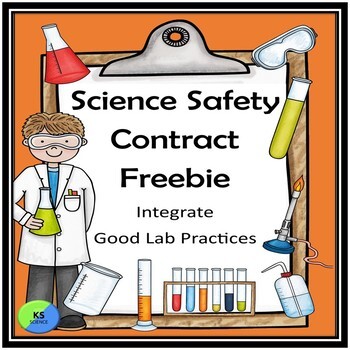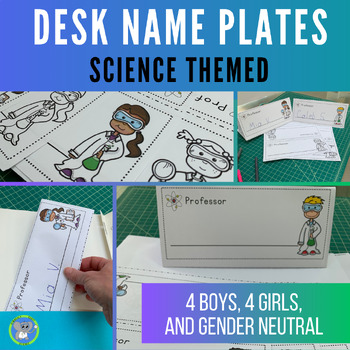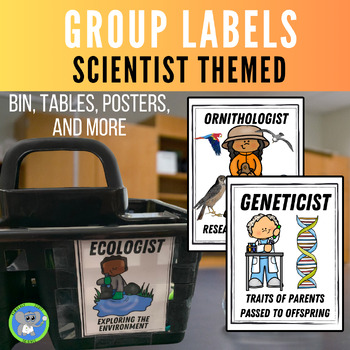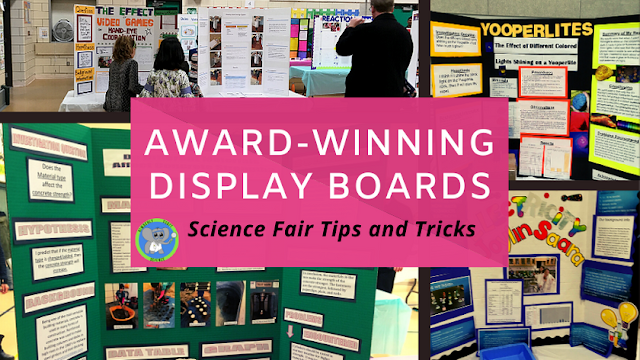5 Quiet Down Strategies During A Classroom Lab Activity
During a science class, there may be times when it's necessary to interrupt a lab in progress to convey important information. A well-equipped STEM/Science Lab is typically a bustling and noisy environment. Here are 5 simple strategies to quickly quiet down your students and get them back on task.
1. Count down from 5 and say "Listening Positions."
I have done this one for years. At the beginning of the year, we practice "Listening Positions." That is when you have nothing in your hands, sitting tall at your desk, and your eyes are on the teacher. I give them a count of 5 because they might be in the middle of measuring or observing. Sometimes you just can't stop right what you are doing. I count it rather slowly if I see groups finishing up something.
2. Use a Call and Response Phrase.
This one is lots of fun. There are so many different phrases. The teacher says the first part, and the students finish the rest. I like to change it up throughout the year because students will get bored with the same phrase. Some may do the phrase and then keep talking. This is where practice comes in and an added discipline method. They should know what is expected.
Here are some good ones.
- T: "Flat Tire" S: "SHHH" Like a leaky tire.
- T: "Who ya gonna Call?" S: "Ghostbusters"
- T: "Hocus Pocus" S: "Everybody Focus"
- T: "Peanut Butter" S: "Jelly"
- T: "To Infinity" S: "And Beyond"
Many teachers are getting wireless doorbells for their classrooms, or they are you can use the traditional metal desk bell. The wireless doorbells can play different tunes. The Teacher can carry the remote in their pocket and trigger it from anywhere in the room. If you want a quieter approach, try a rainstick.
4. Use a Clapping Method.
This one is a classic. You clap a rhythm, and the students repeat it. This means the students need to put stuff down. You can change the rhythm to keep it interesting. You can also do it several times as students stop what they are doing. Three rhythms will hopefully do the trick.
5. Try a Classroom Noise Level App
This approach would complement the other techniques we've discussed. It's essential for students to practice this method and know how the app works. Once quieted down, they should understand that their noise level should be at the lowest when you are speaking to them.
Here are some well-known apps.
We hope you find these strategies helpful in your classroom hands-on activities. The science and STEM Lab is exciting, but we also need structure and a way to communicate quickly with the students.







